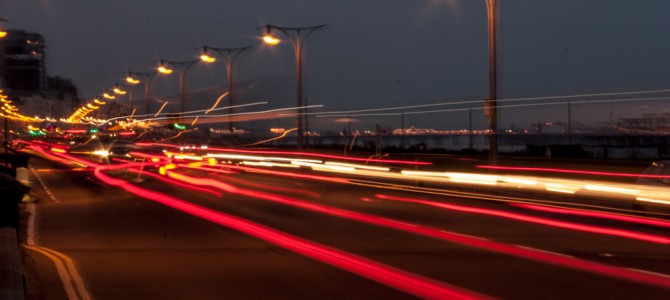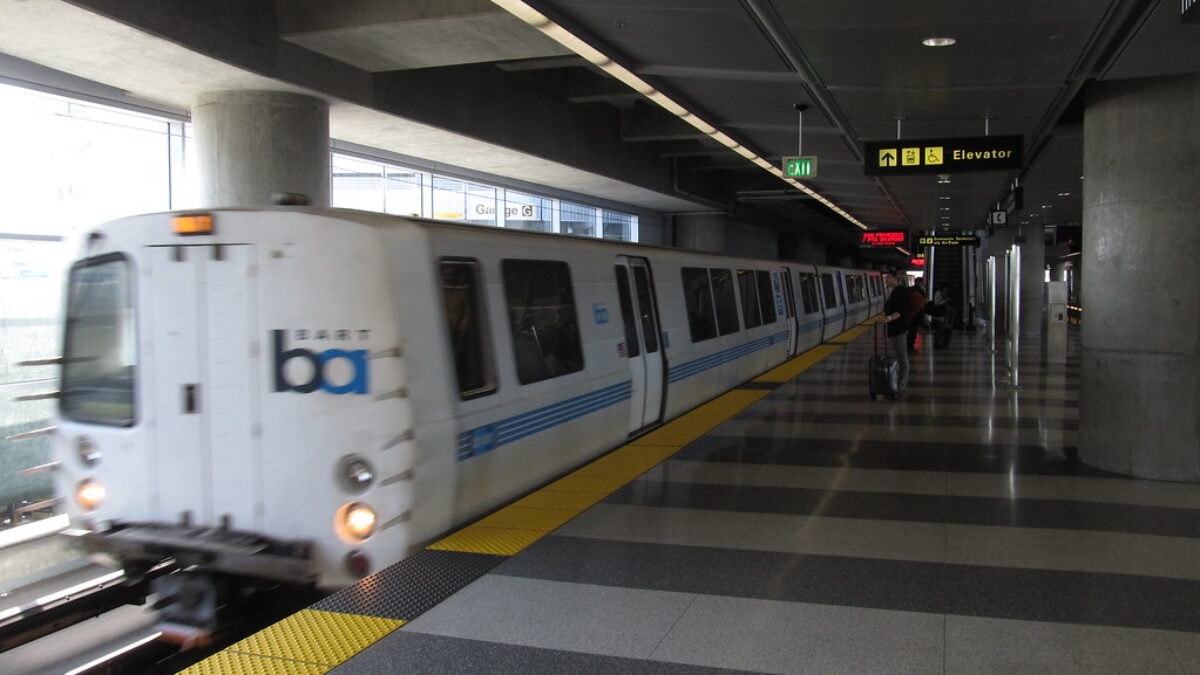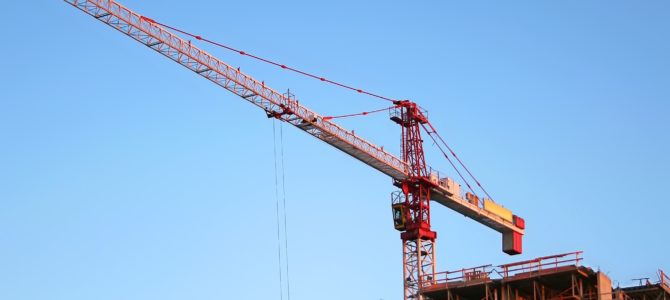
Like most people, I hate traffic. Due to a variety of factors, economic, social, and marital, I have a very long commute. I find it to be an unpleasant experience (and I’m not alone). But it does give one time to think; particularly to think about how bad the traffic is, or how much quicker my commute would be if I was in a helicopter.
Probably the most frustrating part of my commute is when traffic in my lane is at a stand-still, and I’m forced to watch cars in the next lane zip by on their way to freedom. When you’re in that situation, the obvious thing to do is to switch to the lane that’s moving faster. But somehow it seems like as soon as you do, traffic in that lane grinds to a halt, while the lane you were just in starts moving again.
After brooding on this topic for longer than I care to admit, I developed a theory I like to call the Efficient Traffic Hypothesis (ETH). The ETH takes its inspiration from the Efficient Market Hypothesis, which says that all available information about the future performance of a financial asset is incorporated into that asset’s price. Suppose you find out about a company that is poised to really take off. Unless you’re something special (which you aren’t), chances are that lots of other people have also noticed this company’s potential, so that when you go to buy the stock, any expectation of future success will already be built into the share price.
Just as the Efficient Market Hypothesis says that you can’t beat the market, the Efficient Traffic Hypothesis says that you can’t beat the traffic. If you see a lane that’s moving faster than the one you’re in, chances are lots of other people have noticed the same thing, so it won’t be long before that lane slows to accommodate all the lane switchers. If it seems like whatever lane you’re in is always the slowest, that’s probably just a statistical illusion.
The Efficient Market Hypothesis is controversial, and there have been numerous studies trying to test whether it is actually true. The Efficient Traffic Hypothesis is less controversial, mainly because I just made it up. But being a seeker after truth, I decided to try to test it myself.
Using the website RandomizeMe, I created my own Randomized Controlled Trial (the same sort of test used to determine the efficacy of new pharmaceuticals). Every morning before leaving for work I flip a coin to determine whether that morning’s group will be in the “control group” (where I trying to reduce my commute time by switching lanes when it seems advantageous) or the “left group” (where I stay in the leftmost lane for as much of my commute as possible). I then record the time at the beginning and end of the commute, along with any unusual features of the day (e.g. was it raining?)
The hardest part of the experiment is just sticking to it. When it’s a left hand lane only day, it’s often quite difficult to keep to the plan when my lane is going forward at a crawl. But then I remind myself that this is for Science, and I soldier on. Perhaps more importantly, I’ve noticed that my subjective sense of how bad the traffic is on a particular day doesn’t necessarily line up with the objective data. On many a day I feel like my drive has gone on forever, only to find that it wasn’t any longer than on previous days where it felt like I was flying down the highway.
After six weeks of observations, I am still months away from having a large enough sample to really test the theory. But I got curious, and so ran some preliminary numbers. It turns out that, excluding Fridays (which tend to have much lighter traffic), my average commute time when I stick to a single lane is 58 minutes and 36 seconds. By contrast, when I try to beat the traffic by switching lanes, my commute is reduced to an average of 58 minutes and 30 seconds.
I wonder how much helicopters cost these days.









